Bitcoin Halving FAQ
1. Who Invented Bitcoin?
2. Who controls the issuance of Bitcoin?
3. What is Bitcoin halving?
4. Why are these "halving" intervals less than 4 years?
5. What will happen during Bitcoin halving?
6. Historical Bitcoin halving times
Time | Halving block height | Block reward after halving | Unmined bitcoin remaining % | |
First Halving | 11/28/2012 | 210,000 | 25 | 50% |
Second Halving | 07/09/2016 | 420,000 | 12.5 | 25% |
Third Halving | 05/11/2020/ | 630,000 | 6.25 | 12.5% |
Fourth Halving | 04/?/2024/ | 840,000 | 3.125 | 6.3% |
7. Will Bitcoin halving affect its price?
8. Will Bitcoin halving affect transaction speed?
9. Will Bitcoin halving affect altcoins?
10. What will happen once there are no more Bitcoins to mine?
Popular Articles

Is Dogecoin Dead? A Data-Driven Look at DOGE’s Survival Through Market Cycles
Key TakeawaysDogecoin (DOGE) is not dead; it remains a liquid, actively traded asset with a market capitalization of over $20 billion as of late 2025.Although it trades below its all-time high of $0.7

Is It Worth Staking Crypto? Real Benefits vs Actual Risks
Crypto staking promises passive income while you sleep, but is it really that simple?Many investors wonder if locking up their digital assets for rewards makes financial sense, especially when markets

How to Stake XRP? Platforms, Rewards, and Risks Explained
Many XRP holders wonder if they can earn passive income through staking their tokens. While XRP doesn't support traditional Proof-of-Stake mechanisms, multiple platforms offer genuine ways to generate

What Is Bitcoin Staking and How Does It Work?
Bitcoin holders looking to generate passive income without selling their assets now have options beyond traditional trading. This guide explains bitcoin staking, how it works, the rewards you can expe
Hot Crypto Updates
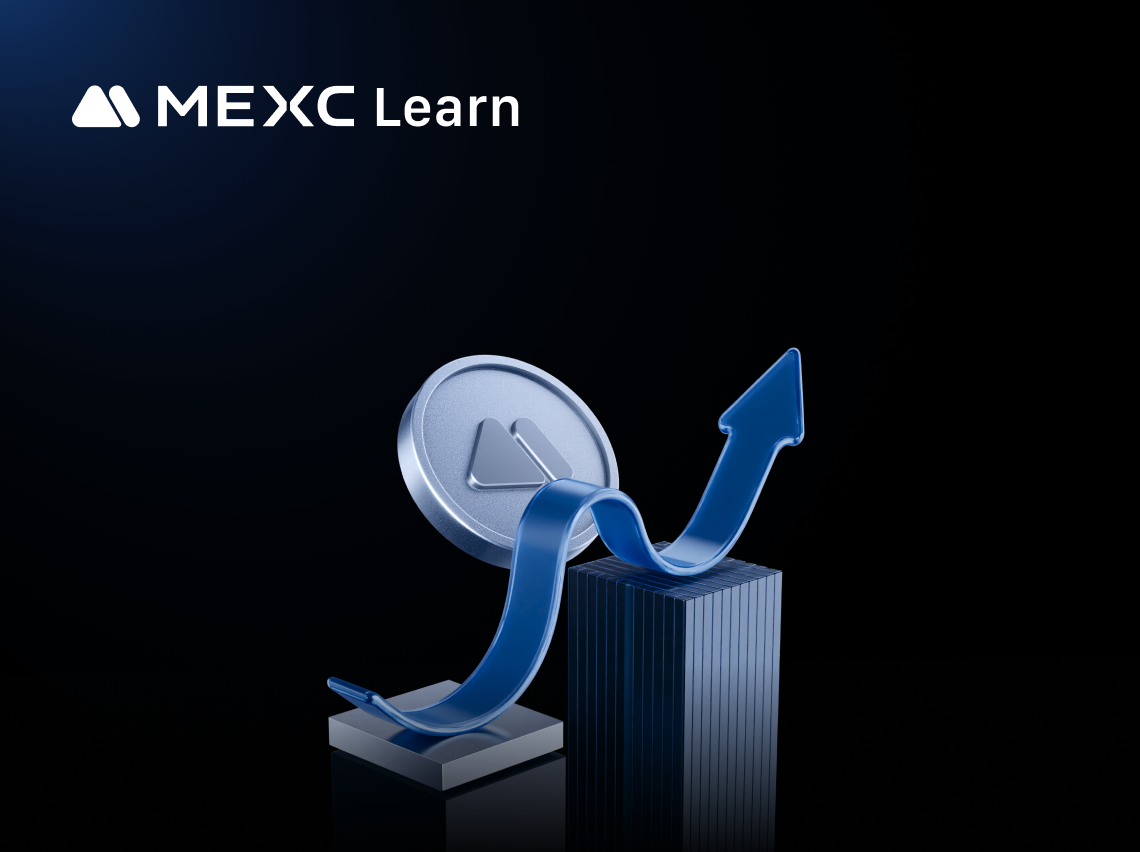
Argentina's President Mired in Crypto Scandal: The Calculated Launch and Political Manipulation Behind Libra's Collapse
Key Takeaways Argentine President Milei promoted the Libra cryptocurrency on February 14, 2025, which crashed 85% within hours, causing investor losses exceeding $251 millionCongressional investigatio
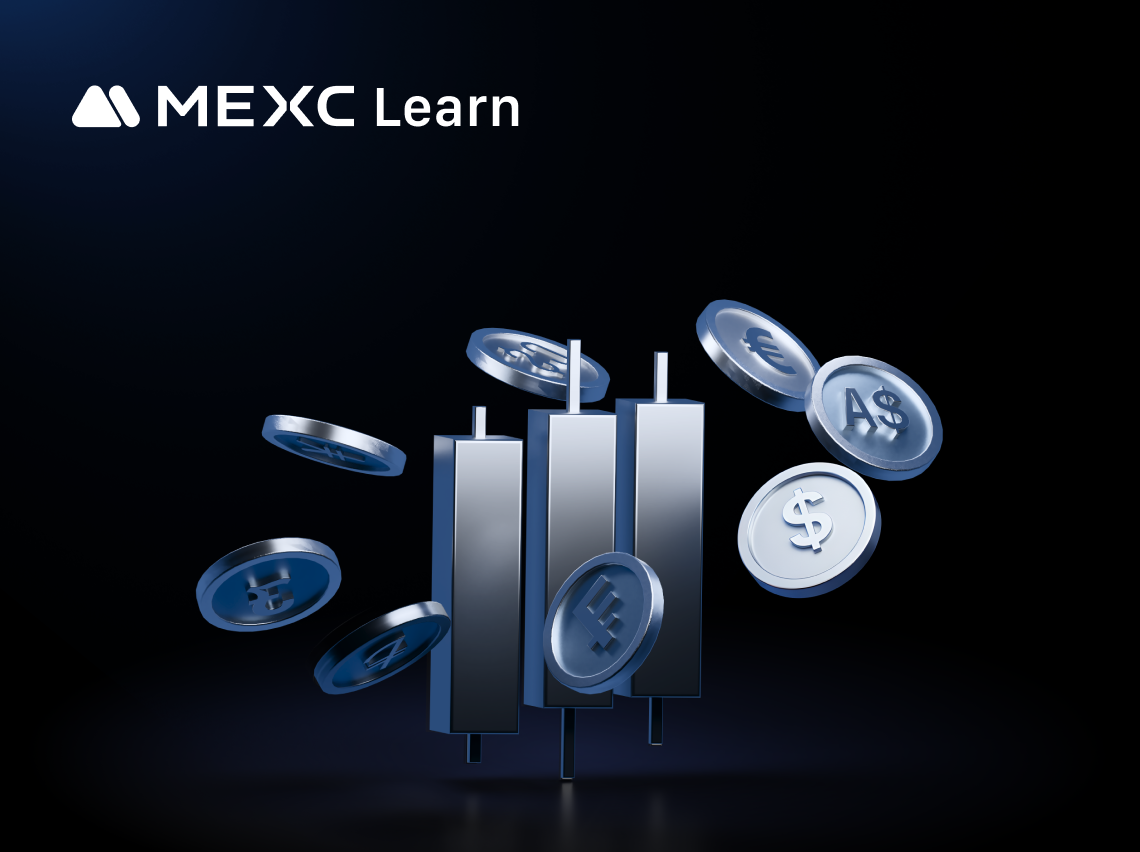
JPMorgan Launches Tokenized Money Market Fund on Ethereum: A Milestone in Traditional Finance's Blockchain Adoption
Key Takeaways JPMorgan Asset Management debuts its first tokenized money market fund on Ethereum mainnetQualified investors gain on-chain access to U.S. dollar yields backed by Treasury securitiesThe
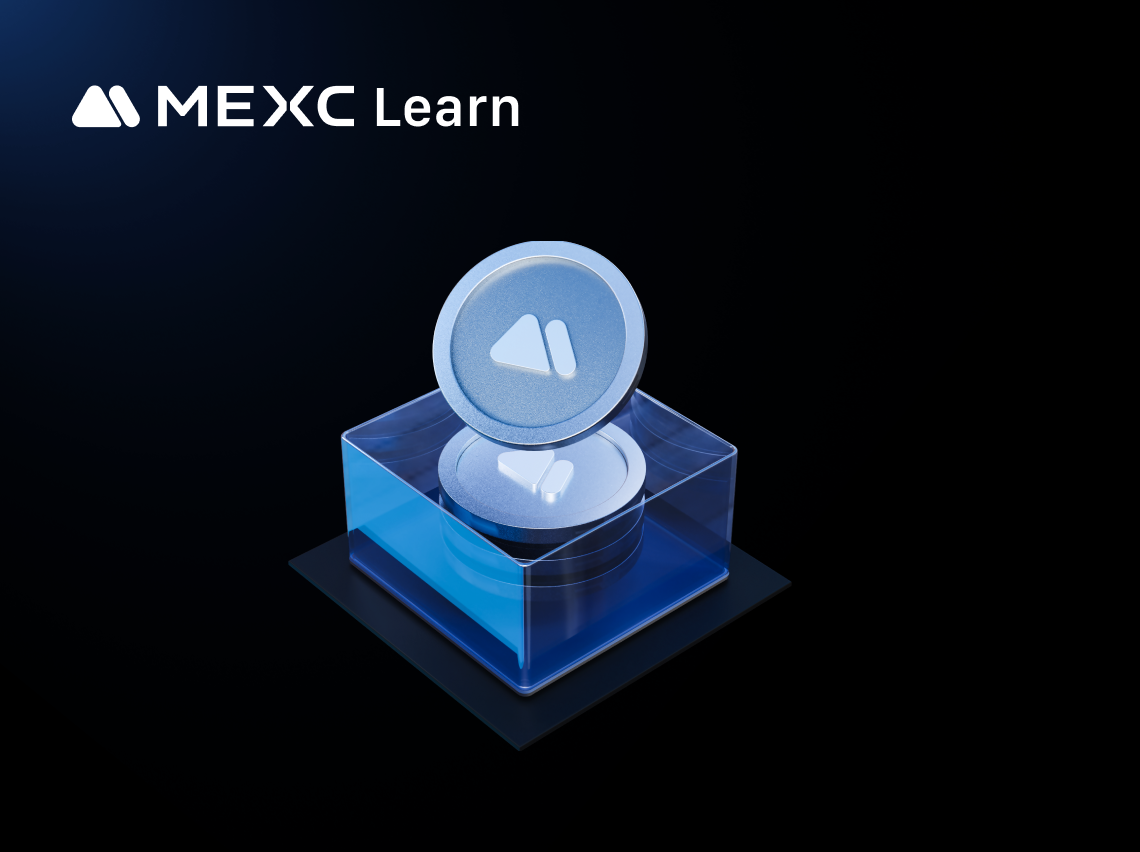
XRP Price Breaks Critical Support: Technical Analysis Reveals Deep Pullback Risks and Trading Strategies
Key Takeaways XRP price breaks below critical $2.40 support level, technical indicators signal intensifying bearish momentumRelative Strength Index (RSI) and moving averages form death cross, indicati
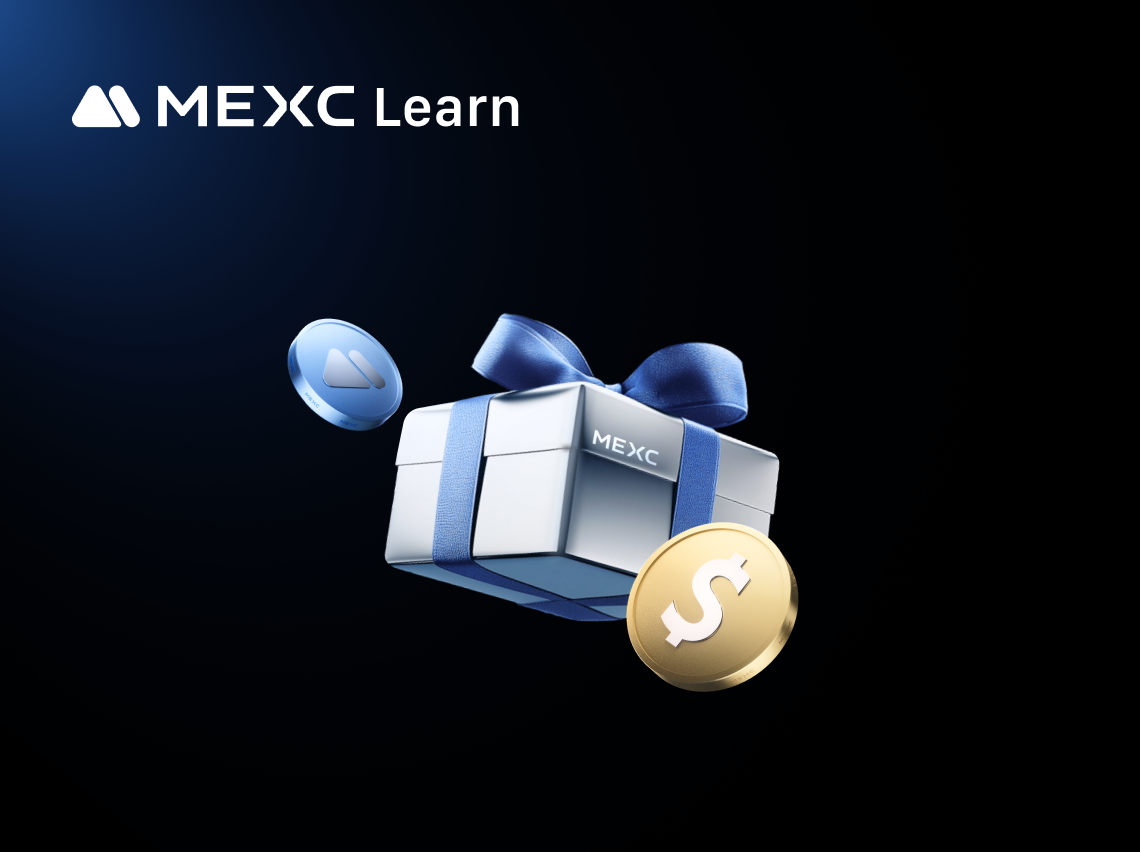
StraitsX Launches on Solana: Singapore and U.S. Dollar Stablecoins Enable Instant Currency Exchange in Digital Forex Revolution
Key Takeaways StraitsX to launch Singapore Dollar (XSGD) and U.S. Dollar (XUSD) stablecoins on Solana blockchainUsers can execute instant SGD/USD swaps on Solana network with significantly improved tr
Trending News

Wormhole Unleashes W 2.0 Tokenomics for a Connected Blockchain Future
TLDR Wormhole reinvents W Tokenomics with Reserve, yield, and unlock upgrades. W Tokenomics: 4% yield, bi-weekly unlocks, and a sustainable Reserve Wormhole shifts to long-term value with treasury, yi

How to earn from cloud mining: IeByte’s upgraded auto-cloud mining platform unlocks genuine passive earnings
The post How to earn from cloud mining: IeByte’s upgraded auto-cloud mining platform unlocks genuine passive earnings appeared on BitcoinEthereumNews.com. contributor Posted: September 17, 2025 As dig
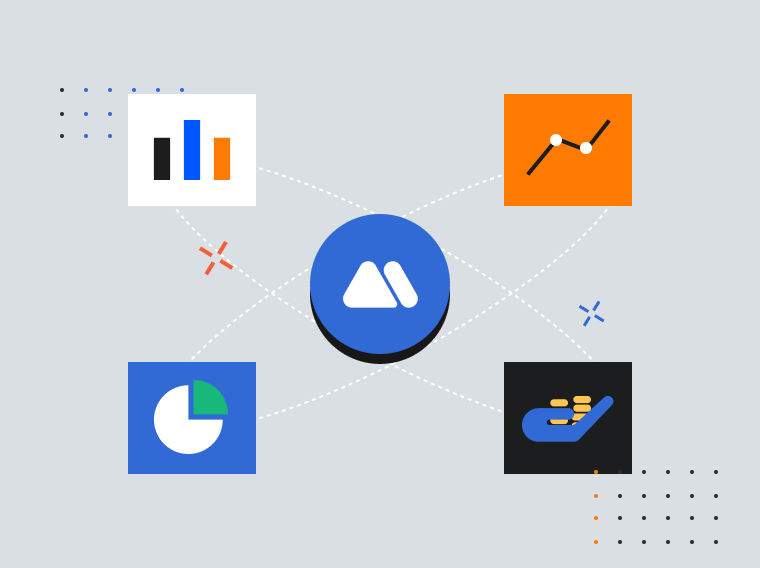
The aftermath of the energy war: As Microsoft, BlackRock monopolize infrastructure, Eden Miner becomes retail’s last backdoor to the “hashrate yield network”
As mining goes institutional in 2025, Eden Miner opens retail access to hashrate investing through a new model. The year 2025 marks a watershed moment for global

Shiba Inu’s (SHIB) Price Prediction for 2025 Points to 4x Growth, But Mutuum Finance (MUTM) Looks Set for 50x Returns
As Shiba Inu (SHIB) takes over the limelight with experts predicting a potential 4x increase by 2025, a far more disruptive competitor, Mutuum Finance (MUTM), is emerging in the cryptocurrency market.
Related Articles

What Are Bitcoin Runes?
Bitcoin Runes, also known as the Runes protocol, is a protocol for issuing fungible tokens directly on the Bitcoin network. The Runes protocol was proposed by Casey Rodarmor, the founder of the Ordina

What is Bitcoin Halving?
1. What is Bitcoin Halving?Bitcoin halving is the event where the block reward in the Bitcoin blockchain gets halved. This means that every time 210,000 blocks are generated on the Bitcoin blockchain,

Seven Years of Excellence! MEXC's 7th Anniversary: Unveiling 5 Key Advantages of Futures Trading
As the cryptocurrency market continues its rapid development, Futures trading has become an essential tool for many traders due to its efficiency and flexibility. As a global leader in crypto trading,

What is Pieverse? The Timestamping and Compliance Infrastructure Built on x402
TL;DRPieverse is a Web3 payment and compliance infrastructure built on the x402 communication standard, designed to support agent-to-agent payments with built-in timestamping and regulatory verificati
